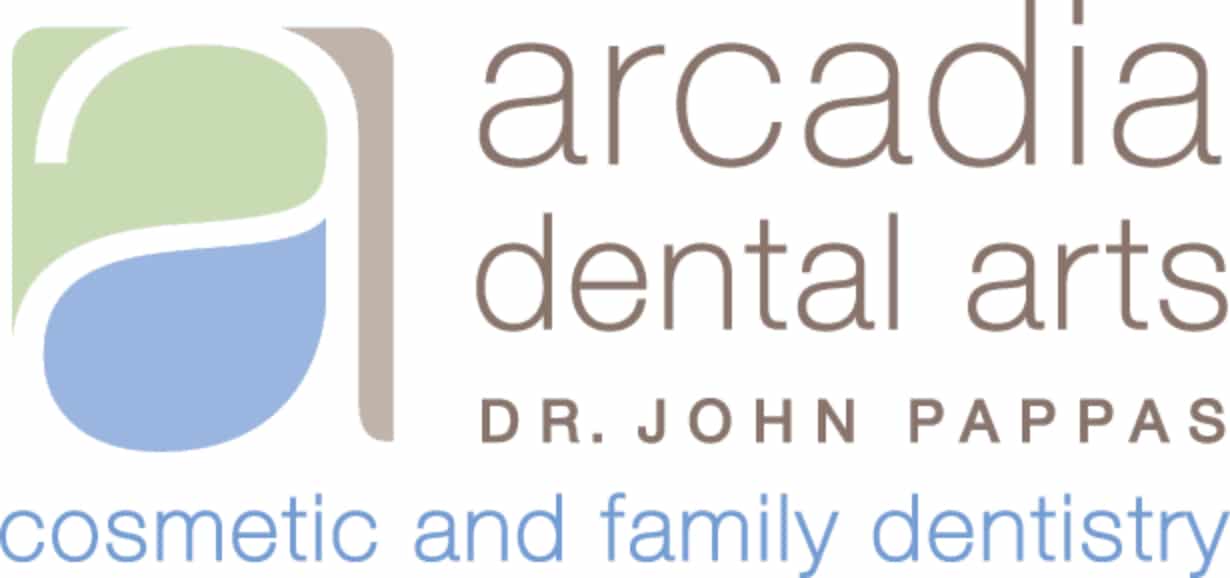When a baby’s first tooth comes in, it can be an exciting moment for the parents. For many, it’s the first time they suddenly ask themselves, ‘when should we be taking them for their first dental visit?’. New research says that parents likely don’t know the answer to this question, and it could be causing concerns.
Young Children in England Battle Tooth Decay
The Royal College of Surgeons of England conducted a study to discover whether or not young children were seeing a dentist before their second birthday. The study found that 80 percent of children in England aged one to two did not visit a National Health Service dentist in 2016. In England, NHS dental care is free for children until the age of 18, so economic reasons were ruled out as the cause for why this is happening. Researchers believe parents are simply unaware at what age a child should begin visiting the dentist.
In recent years, public awareness has increased slightly about childhood dental care, but it’s not enough said Dr. John Pappas, DDS, of Arcadia Dental Arts in Phoenix, Arizona.
“Childhood decay can have such ramifications for the rest of the child’s adult life if not treated,” he said. “Not to mention the unnecessary pain and trauma that a child goes through to treat tooth decay that could have been prevented. We need to place a stronger emphasis on public awareness to help empower parents and their children to get the care they need and deserve.”
Other statistics showed that 9,220 tooth extractions were performed last year at hospitals in England on children aged one through four, mostly due to tooth decay. Data from Public Health England highlights the ongoing complications from lack of dental care as 25 percent of five-year-olds are starting school with tooth decay.
Tooth Decay Higher for American Indian and Native Alaskan Children
It’s not just children in England who are experiencing a concerning amount of tooth decay, the 2015 Indian Health Service Oral Health Survey discovered that preschool-aged American Indian and Alaska Native children in the United States have rates of tooth decay four times greater than their white non-Hispanic peers.
In fact, more than half of these children between the ages of one and five currently have tooth decay or have had it in the past. The brief calls for an increase in prevention measures before age two to reduce the risk and complications associated with childhood tooth decay. More findings from this study showed that 20 percent of children under two were already experiencing tooth decay.
Dental Care for Children Under Two
In the United States, both the American Dental Association and the American Academy of Pediatric Dentistry recommend taking a child to the dentist for their first appointment as soon as teeth begin to appear or by their first birthday at the latest.
“It’s not just for cleaning purposes, which many people may consider unnecessary for only a few tiny teeth,” he said. “Getting a child comfortable with sitting in the dental chair and opening their mouth for the dentist, along with meeting and getting to know their family dentist can make a huge difference in their lifetime associations with dental care.”
Creating healthy habits early on is certainly one way to encourage a lifetime of them. For children whose first visit to the dentist is one that involves work to reverse or correct decay, it can be negative at best and traumatizing at worst. Pappas believes ensuring those first experiences at the dentist are positive ones can have a lasting impact on children and reverse some of the negative stigma associated with a visit to the dentist.


